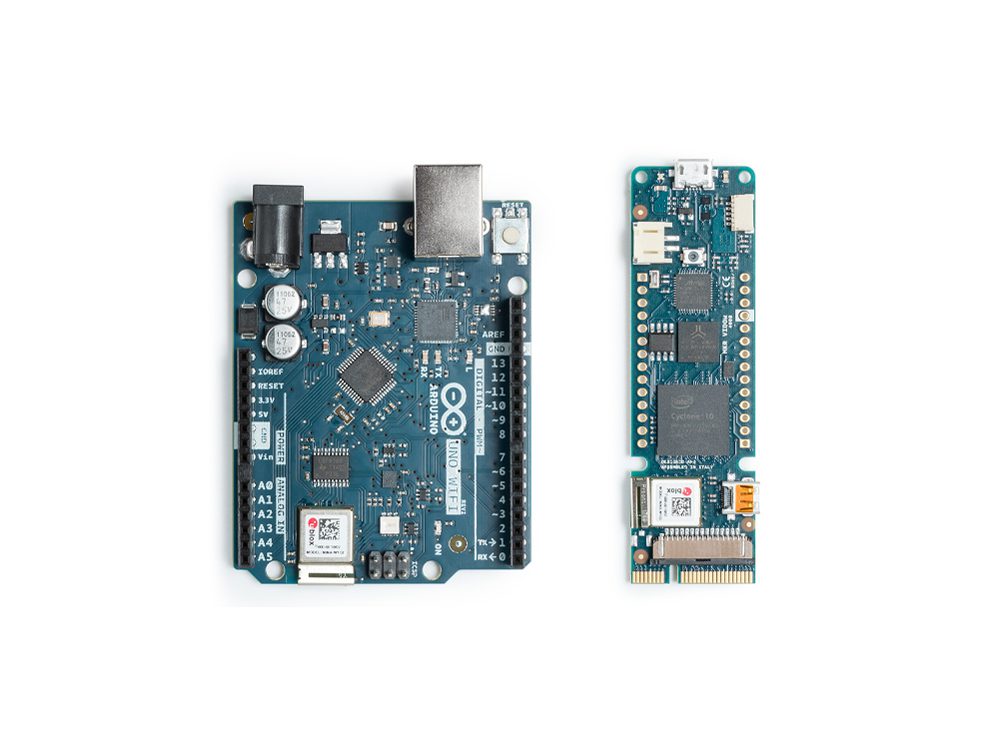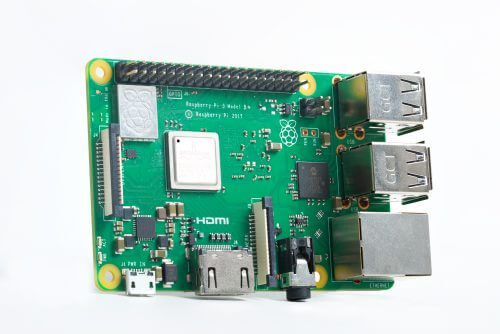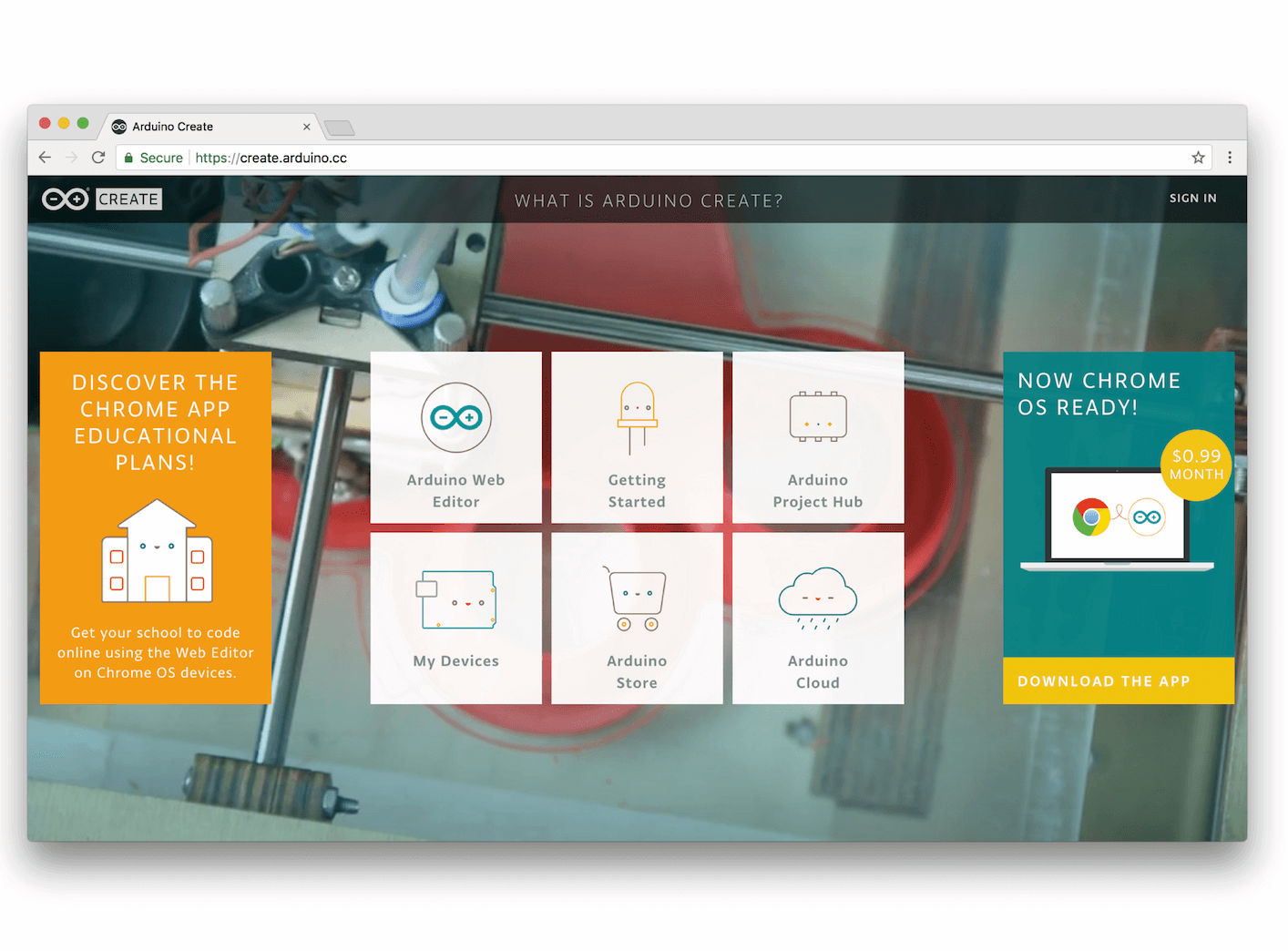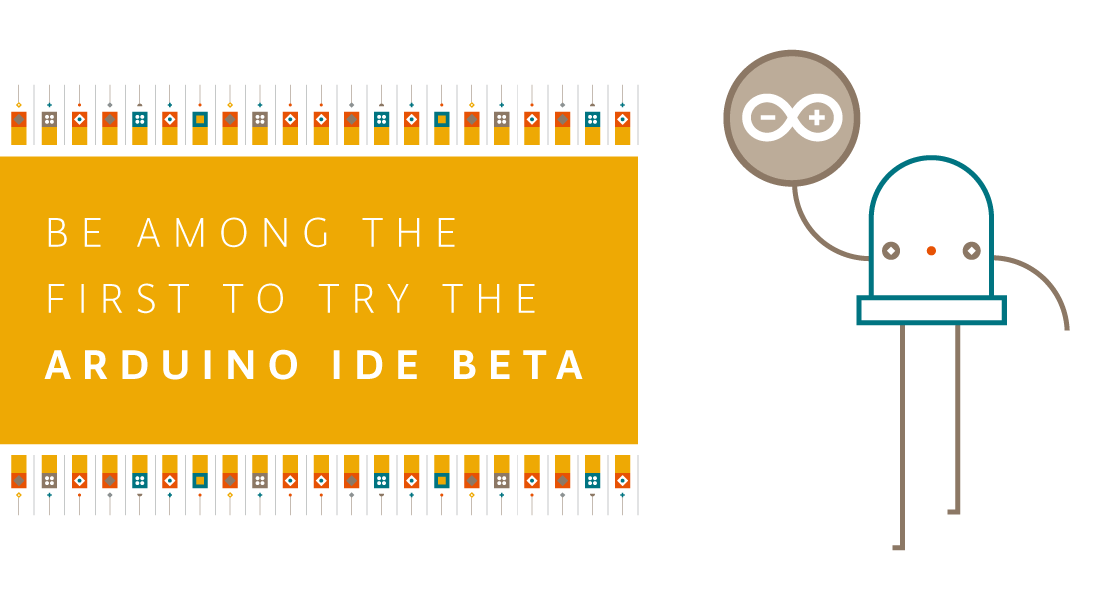Schlagwort: Announcements
-

A world-class computing education
Reading Time: 4 minutesI am delighted to share some big news today. The Raspberry Pi Foundation is part of a consortium that has secured over £78 million in government funding to make sure every child in every school in England has access to a world-leading computing education. National Centre for Computing Education Working with our…
-

Announcing Arduino’s Coordinated Vulnerability Disclosure Policy
Reading Time: 3 minutesAnnouncing Arduino’s Coordinated Vulnerability Disclosure Policy gvarisco — October 10th, 2018 A little less than a month ago, I joined Arduino as their Chief Information Security Officer. I’ve been in touch with the team for the past couple of months and feel incredibly lucky to be part of such a talented and…
-

Working with the Scout Association on digital skills for life
Reading Time: 4 minutesToday we’re launching a new partnership between the Scouts and the Raspberry Pi Foundation that will help tens of thousands of young people learn crucial digital skills for life. In this blog post, I want to explain what we’ve got planned, why it matters, and how you can get involved. This is…
-

Say hello to the next generation of Arduino boards!
Reading Time: 3 minutesWe’re excited to kick off Maker Faire Bay Area by expanding our IoT lineup with two new boards: the MKR Vidor 4000 and the Uno WiFi Rev 2. The MKR Vidor 4000 is the first-ever Arduino based on an FPGA chip, equipped with a SAM D21 microcontroller, a u-blox Nina W102 WiFi…
-

Raspberry Pi 3 Model B+ on sale now at $35
Reading Time: 7 minutesHere’s a long post. We think you’ll find it interesting. If you don’t have time to read it all, we recommend you watch this video, which will fill you in with everything you need, and then head straight to the product page to fill yer boots. (We recommend the video anyway, even if…
-

You can now use Arduino to program Linux IoT devices
Reading Time: 2 minutesYou can now use Arduino to program Linux IoT devices Arduino Team — March 13th, 2018 Today, at Embedded Linux Conference 2018, Arduino announced the expansion of the number of architectures supported by its Arduino Create platform for the development of IoT applications. With this new release, Arduino Create users can manage…
-

New search engine and Arduino reference!
Reading Time: 2 minutesNew search engine and Arduino reference! mastrolinux — December 14th, 2017 The Arduino web team has working hard behind the scenes improving our legacy systems. Now, it’s time to work on something more interesting for the team and more useful for our community! From here on out, we will update you every month on the latest and…
-

Be among the first to try the Arduino IDE 1.9 Beta
Reading Time: 3 minutesToday we’re very excited (and a bit nervous) to announce the new development cycle of the Arduino IDE. As you may have noticed, we’ve been continuously removing functionality from the Java package, and migrating them to a collection of external tools. We began this project by moving the build logic to arduino-builder,…







